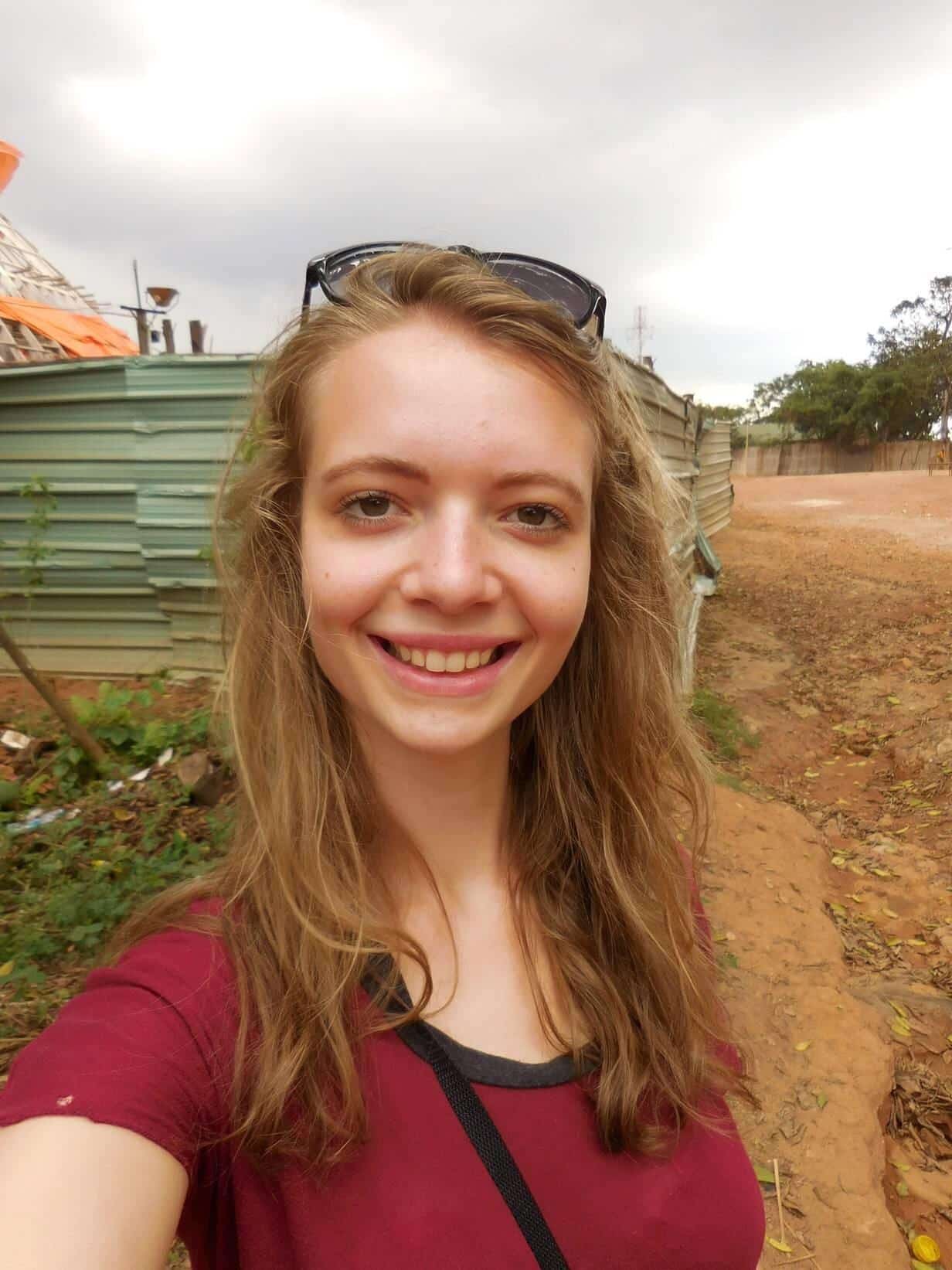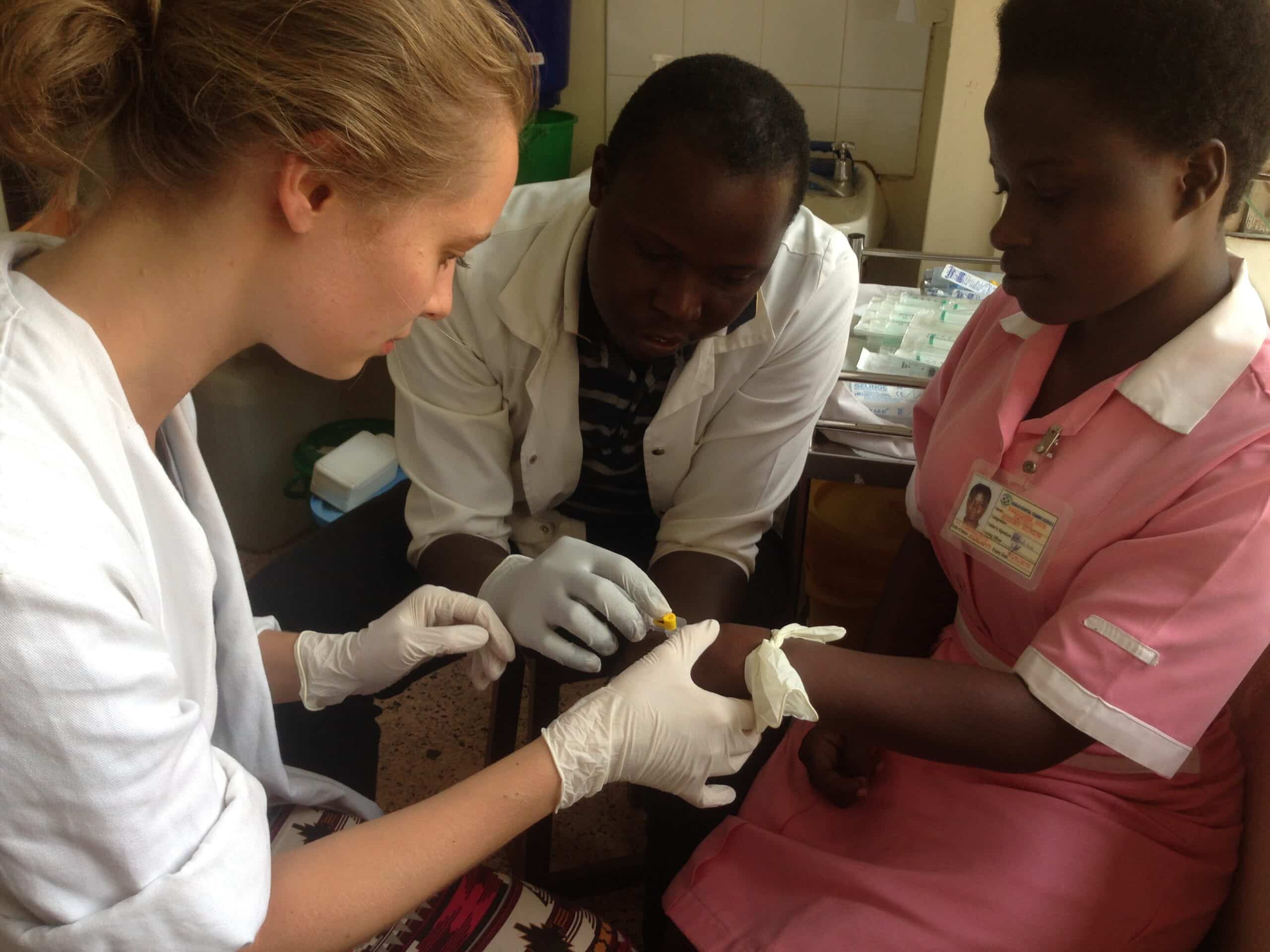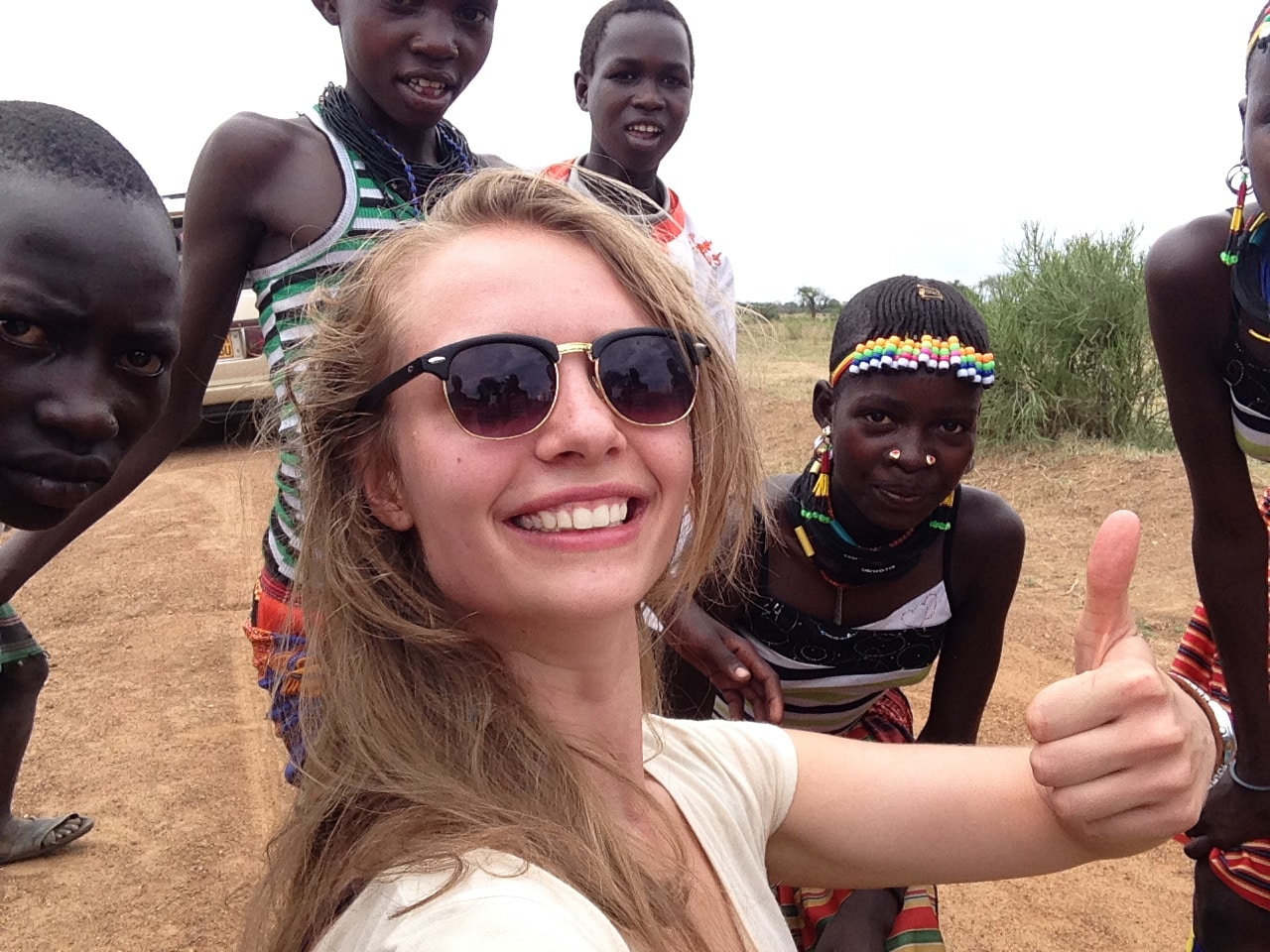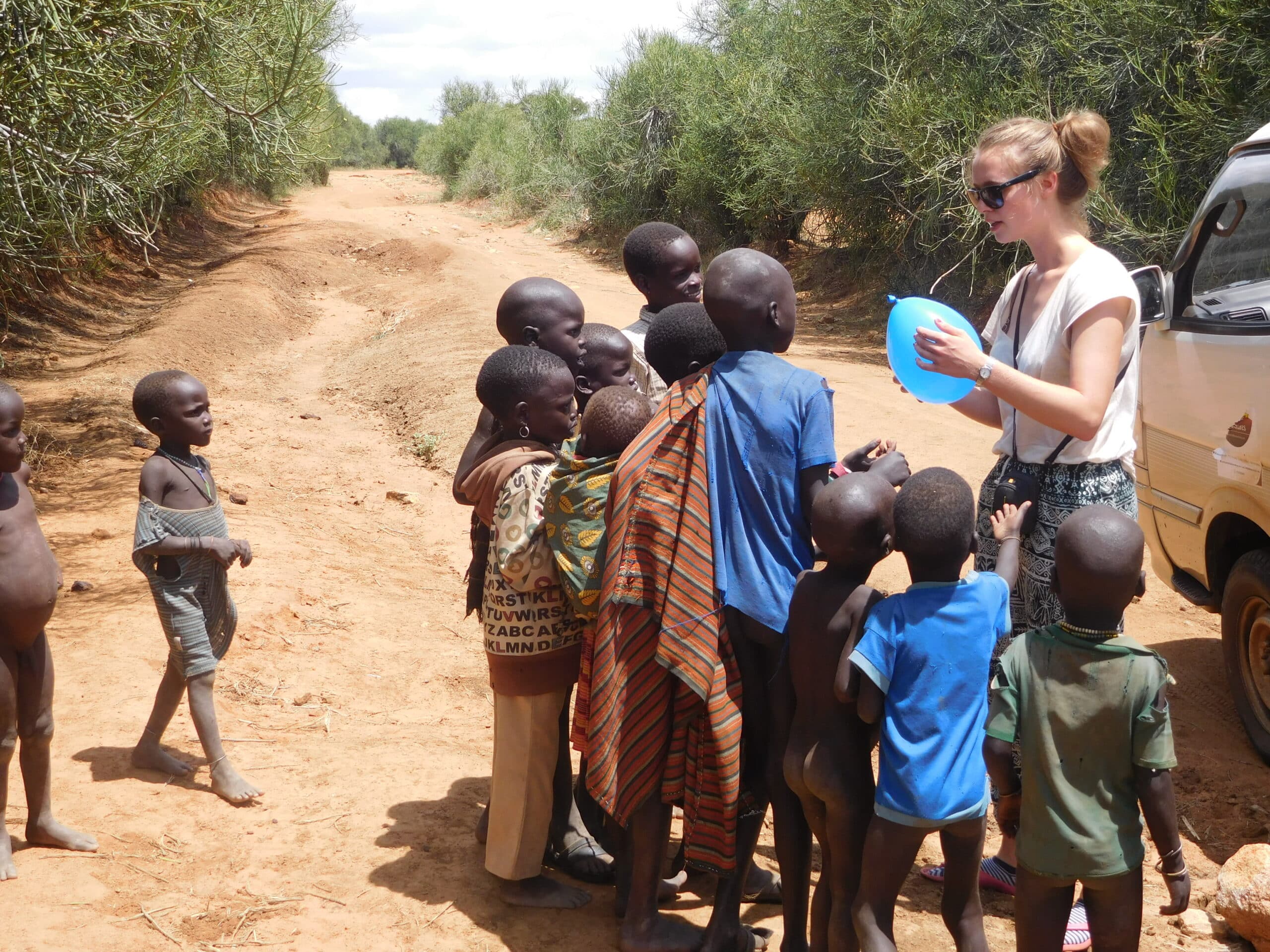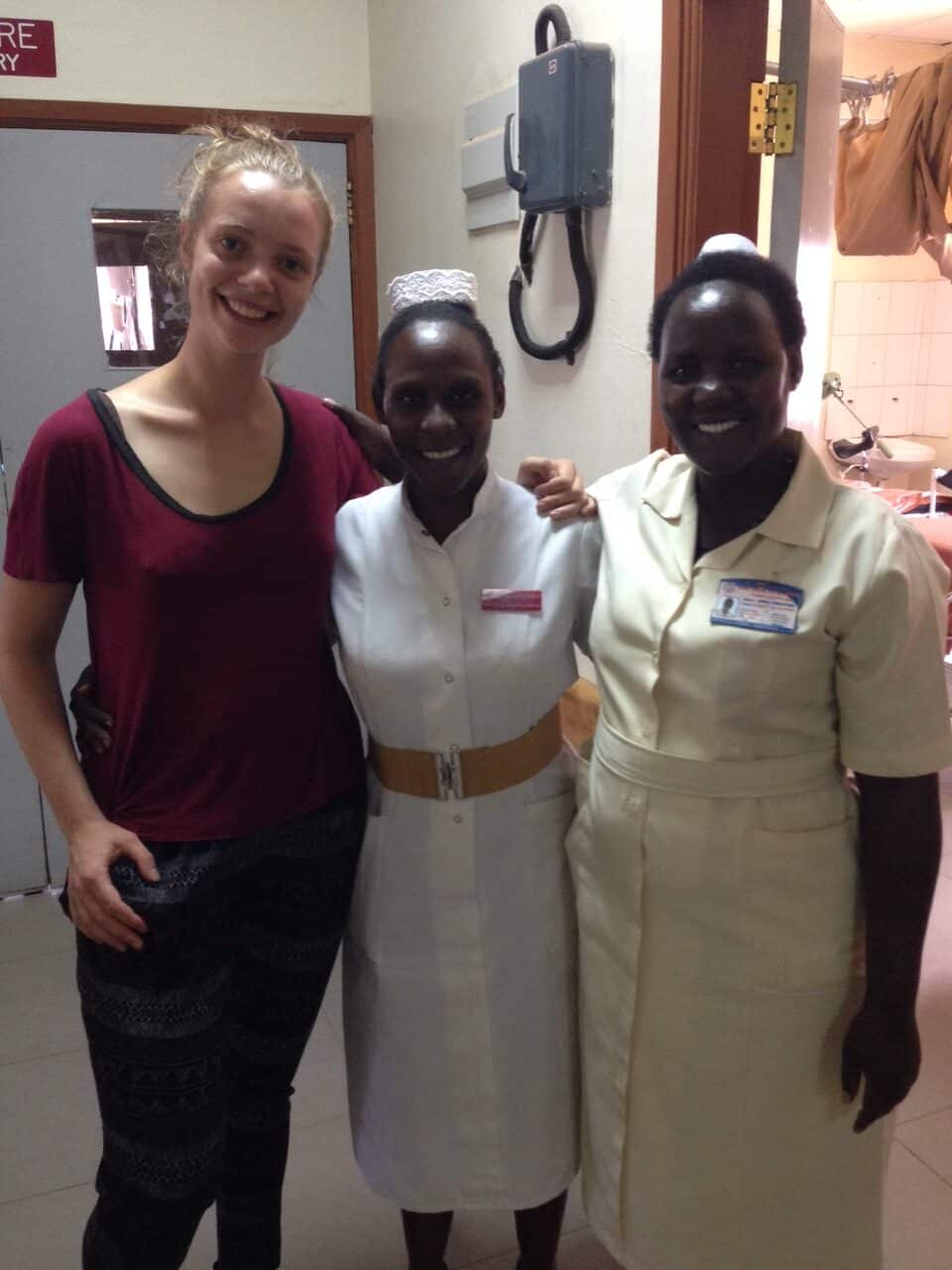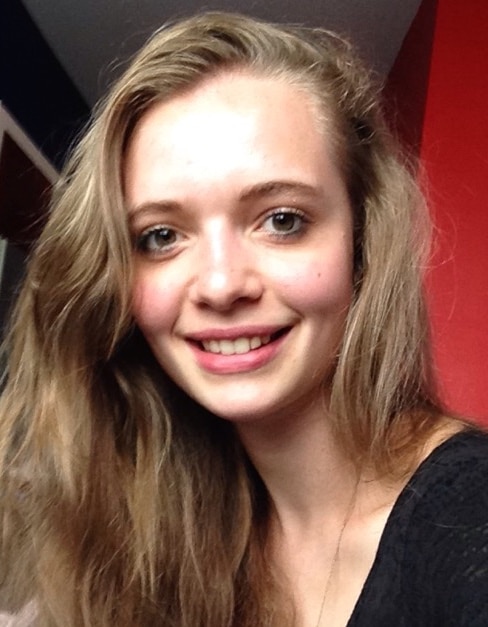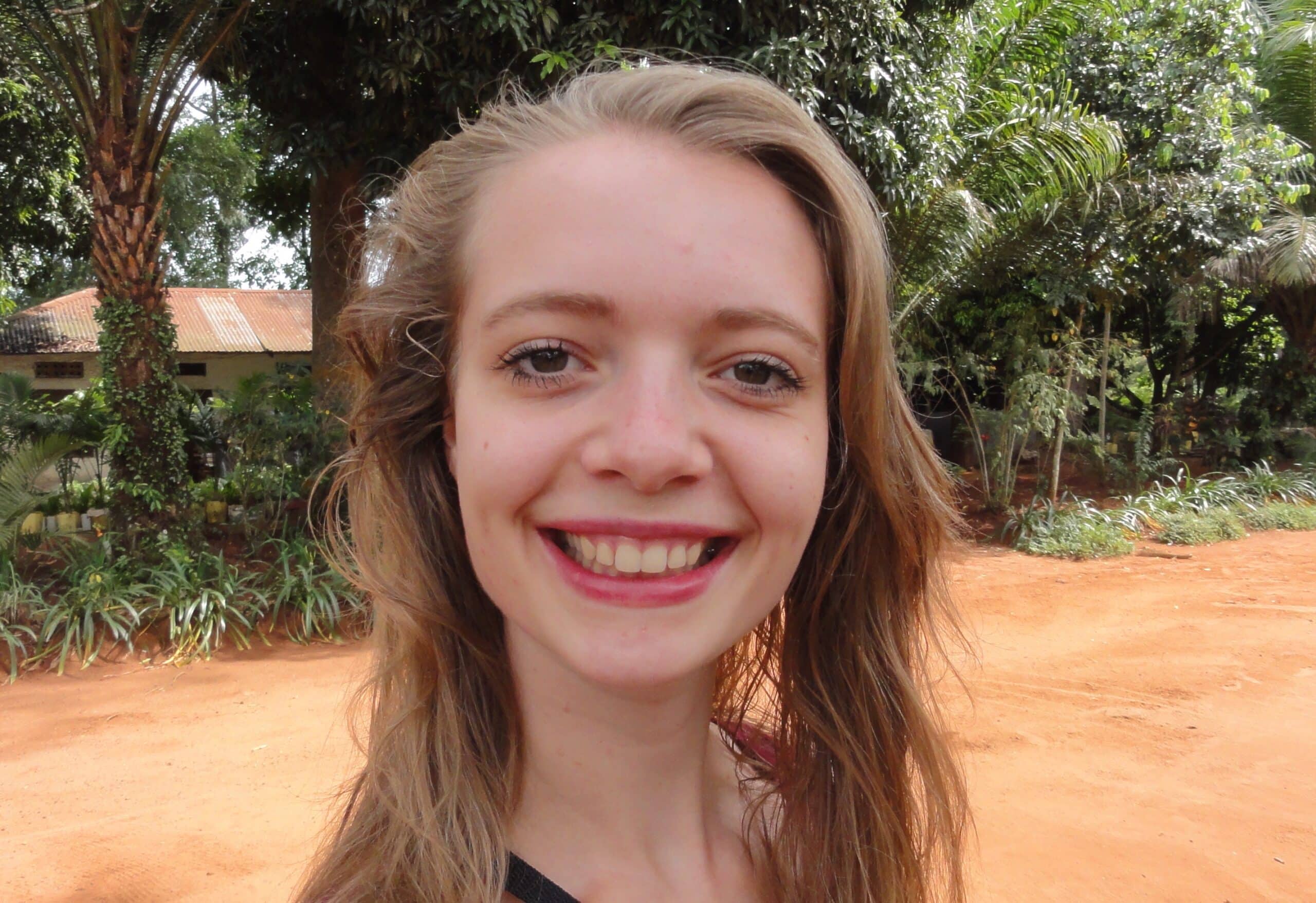Who is Sophia?
Sophia Koetsier (1993) grows up in Amsterdam as the eldest of three children and the only daughter in the family. With her cheerful, social, and ambitious personality, she easily connects with others. She is creative, athletic, and driven to help people.
Sophia is admitted to the University of Amsterdam to study Medicine and obtains her bachelor’s degree in 2015. She decides to take a gap year before starting her master’s degree.
Internship in Uganda
In the summer of 2015, Sophia travels to Kampala, Uganda’s capital, for an eight-week internship at a hospital. She stays in a student house with five other Dutch students and a group of Ugandan youths. From the detailed weekly updates she sends to her family, it is clear how much she enjoys her time there: she is enthusiastic about her hospital work, the people, the language, and Ugandan culture.
When the internship ends, she sets off on a two-week trip through Uganda with two fellow students and a Ugandan tour guide, who is also their driver. Her mother is in the country at that time as well, and they see each other multiple times in Kampala. On October 22, 2015, Sophia says goodbye to her colleagues at the hospital. The next day, her tour begins.
Sophia disappears: October 28, 2015
On Wednesday, October 28, 2015, Sophia and her two travel companions arrive at Murchison Falls National Park. After a boat trip on the Nile, they arrive around 6:00 PM at the Student Education Centre, where they are to spend the night.
Her travel companions had noticed the day before that Sophia was behaving unusually. This behaviour continued on Wednesday afternoon, causing them concern. They decided to contact Sophia’s mother in Kampala and told her they planned to return to the city with Sophia the next day. The driver was also informed.
Shortly after arriving at the location, Sophia reportedly went to the restroom building, located a short distance away. She has not been seen since.
Search Efforts
Soon after, the driver and travel companions raise the alarm. Park rangers search until it gets dark, around 7:30 PM, but find nothing. The search continues in the following days with help from the police, a helicopter, sniffer dogs, and boats. In the first few days, several unusual traces are found (see below), but Sophia herself is not found.
On October 30, Sophia’s mother arrives at the park. Dutch embassy staff from Kampala also arrive that day. On November 4, three Dutch police officers conduct a drone search of the area for two days—without result.
Personal Circumstances
Sophia is known as a lively and energetic young woman. At age 16, she received a diagnosis of bipolar disorder. During periods of overstimulation or stress, she can experience insomnia and hyperactivity. These manic episodes are quite infrequent. She then needs medication to get rest, and she recovers quickly. She has never experienced depression. It is possible that this vulnerability played a role in her disappearance.
Flawed Investigation
When police learned of Sophia’s mental health condition and combined it with her disappearance in a wildlife park, they quickly came to the conclusion that she had likely fallen victim to a tragic accident.
Although experts say an encounter with a wild animal is unlikely, as no evidence for such a scenario has ever been found, this theory remained dominant. The possibility of a violent encounter with another person was also dismissed.
The Ugandan investigation was soon labeled as “ongoing as the missing person has not been found”—which, in practice, meant that active investigations stopped.
Ongoing Uncertainty
As long as there is no evidence to the contrary, Sophia’s family continues to maintain hope that she may still be alive. The uncertainty about her fate is a daily nightmare. The family is doing everything possible to find Sophia and continues to raise awareness about her disappearance.
